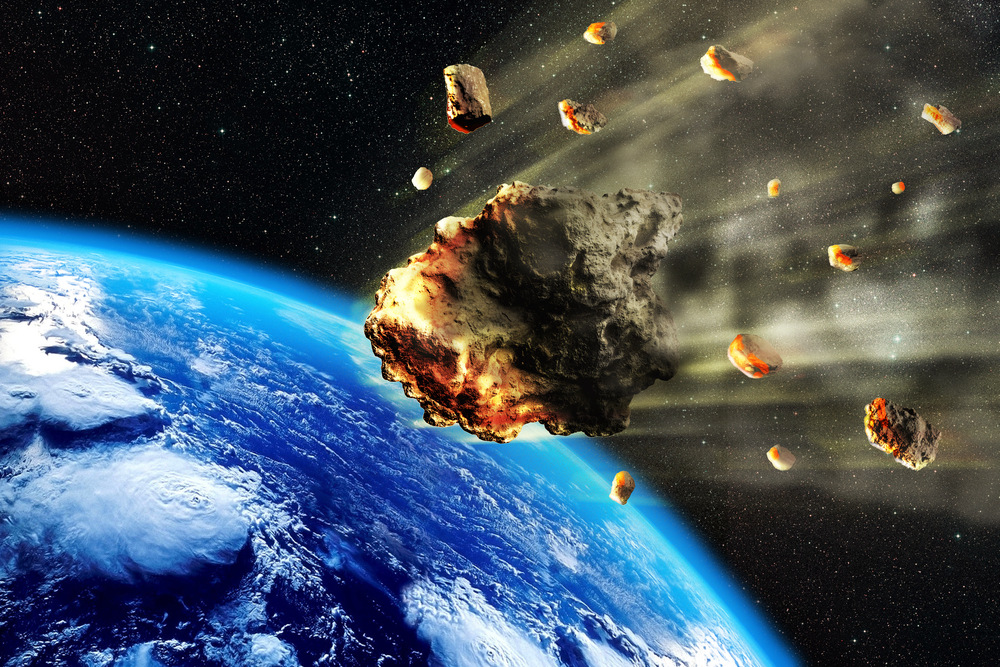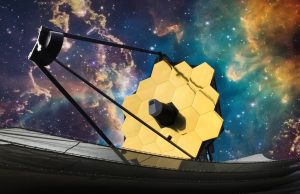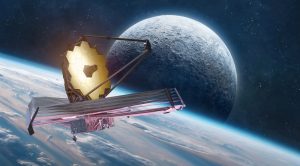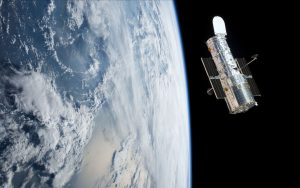What Happens if Asteroid YR4 Hits Earth? Experts Weigh In
Others are reading now
As technology and science continue to advance, we are gaining more knowledge about the universe and its potential threats.
Recently, NASA increased the likelihood of asteroid YR4 hitting Earth in 2032 to 3.1%, according to WP.
While this may sound alarming, experts suggest that even if it were to strike, it wouldn’t lead to a global catastrophe.
NASA’s recent update has changed the probability of the asteroid impacting Earth from 1.2% to 3.1%.
Also read
The potential collision is estimated to occur on December 22, 2032. In an interview with Karol Wójcicki, a science popularizer, he explains that if the asteroid does hit, it would only destroy an area the size of a city like Bydgoszcz.
He emphasizes that Earth would not face any life-threatening consequences. The asteroid is referred to as a “city destroyer,” but its impact would be limited to smaller regions.
Wójcicki also points out that Earth’s surface is mostly covered by oceans, with vast areas of uninhabited land.
This significantly lowers the chances of widespread destruction. In fact, the impact would likely be limited to a smaller, localized area.
He compares the potential impact of YR4 to the Tunguska event of 1908, where a similar asteroid exploded over Siberia, causing widespread forest destruction.
However, the overall impact on the planet was minimal.
Although the asteroid is still very far from Earth, scientists will have a better understanding of its trajectory by 2028.
Until then, they will continue to monitor it, especially with the help of the James Webb Space Telescope, which will start observing it in March 2025.
Despite the increased chances of collision, the expert remains confident that the asteroid will likely miss Earth.
International efforts to monitor asteroids include organizations like NASA’s International Asteroid Warning Network.
This body tracks and assesses potential threats. If the risk of collision were higher, it would prompt action to prevent disaster.
However, for now, the chance remains low, and experts reassure the public that the event is not imminent.








